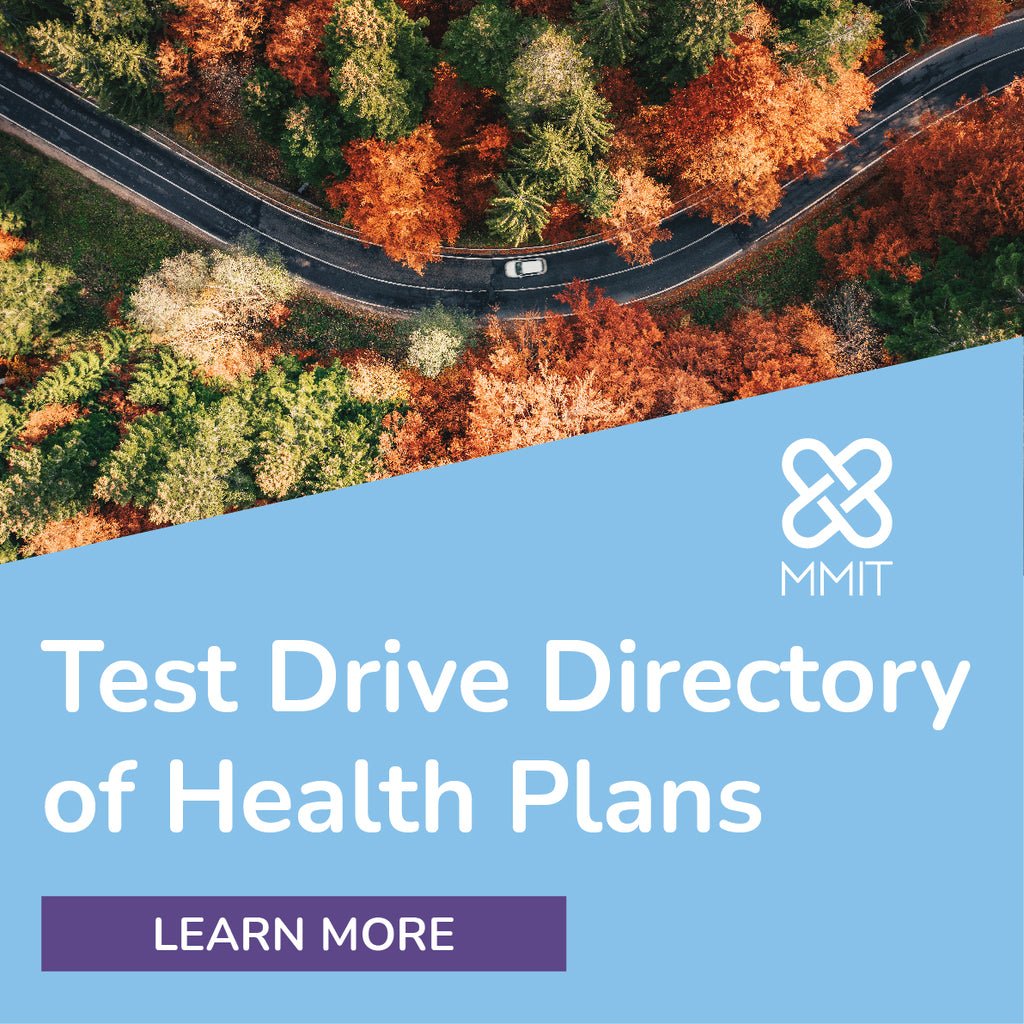Radar on Medicare Advantage
-
Data Collection, Local Pacts Help MCOs Address Disparities
This time last year, protests were erupting across the U.S. calling for racial justice and the COVID-19 pandemic was disproportionately impacting communities of color — events that prompted many health insurance providers to release statements affirming their commitment to addressing racial disparities and place diversity and inclusion officers in the C-suite. Now, industry experts agree that concrete action must follow intentions and discussed some of the puzzle pieces to addressing health inequity during the AHIP 2021 Institute & Expo Online, which was held June 22-24.
“Longstanding institutional and social prejudices have kept people of color from adequate health care, frankly, for generations. Unfortunately, this is a complex issue, which is why it hasn’t been solved yet. No individual or even any single company can solve it alone; it’s going to take public sector and private sector partnerships working together to address social determinants of health,” said Gateway Health President and CEO Cain Hayes during the keynote session, Health Equity in America: An Urgent Call to Action. “Health plans, providers, employers, government agencies and others really have a unique opportunity to help address the impact of race, ethnicity and gender on people’s health outcomes.”

-
News Briefs
✦ Centene Corp. on June 14 said it reached no-fault agreements with the attorneys general of Ohio and Mississippi to resolve claims made by the states related to services provided by Envolve Pharmacy Solutions, Inc. The Ohio Dept. of Medicaid and the state in March accused Centene of violating its Medicaid contract by using a “web of subcontractors” to hide pharmacy information from ODM. Those subcontractors included Envolve, one of its pharmacy benefit manager subsidiaries, which will no longer serve as a PBM on behalf of Centene’s local health plans, according to the company. As a result of the settlement, Centene will pay $88 million to Ohio and $55 million to Mississippi; it did admit any liability for the pharmacy practices alleged by both states.
✦ Three Medicare Advantage insurers that challenged a temporary star ratings policy implemented by CMS last April lost their legal battle. In AvMed, Inc. et al v. Azar et al (No. 20-3385), filed Nov. 20, 2020, in the U.S. District Court for the District of Columbia, Florida-based AvMed and Nevada-based Prominence HealthFirst argued that CMS unlawfully changed the ratings in a way that unfairly penalized organizations when it issued an interim final rule suspending the collection of certain data. In an opinion issued June 1, U.S. District Court Judge John D. Bates sided with CMS, arguing that the agency’s “analytical path was clear” and that there’s no way to confirm that the plaintiffs’ ratings would have improved if not for the suspended data collection.

-
Multiple Studies Make Case for Medicare Advantage Program’s Ability to Deliver Quality Care
While there has historically been limited data comparing the quality of Medicare Advantage with traditional, fee-for-service (FFS) Medicare, a recent analysis of peer-reviewed literature published since the Affordable Care Act yields some promising results for MA. Researchers analyzed the findings of 35 observational studies and found that more than half of recent analyses comparing MA and FFS Medicare show that MA delivers significantly better quality of care, better health outcomes and lower costs, according to the study published May 6 in the online AJMC. The study’s authors, who are affiliated with the Berkeley Research Group and the University of Maryland School of Public Health with funding from Humana Inc., concluded that their study “suggests that the MA model adds value for Medicare beneficiaries and identifies gaps in the field for researchers.” However, they expressed concern about many of the studies’ findings regarding the “relatively lower quality-of-care performance” of traditional Medicare, which still serves the bulk of Medicare beneficiaries.
-
Aduhelm’s Approval May Come at Major Cost to Medicare
Marking the first FDA approval of an Alzheimer’s disease treatment in nearly 20 years, the federal agency on June 7 gave accelerated approval to Biogen Inc. and Eisai Co., Ltd.’s Aduhelm (aducanumab-avwa). While its approval was met with controversy over conflicting trial data and the drug’s $56,000 price tag, it was viewed as a turning point by some Alzheimer’s advocacy groups in the long road to finding a treatment that may slow the debilitating disease’s progression. The ultimate cost to the Medicare program and to Medicare Advantage insurers, meanwhile, will largely depend on whether neurologists are willing to prescribe it, what kind of national coverage policy CMS gives it and whether it could generate any medical cost offsets over the long term.
There are a host of other Alzheimer’s medications that are approved to treat the disease’s symptoms, and they are all covered under the pharmacy benefit, with varying degrees of prior authorization, step therapy, etc. (see chart, p. 3). Aduhelm, which is expected to slow the progression of Alzheimer’s by reducing the amount of beta-amyloid plaque in the brain, is infused once every four weeks and therefore likely to be covered under the medical benefit. Biogen has said it expects about 80% of potential Aduhelm patients to be covered through Medicare Part B, which would easily double the $37 billion Medicare already spends on Part B drugs annually if Biogen’s estimates are correct that roughly 1 to 2 million Americans would qualify for treatment.

-
MA Organizations Prepared for Return to Normal in 2022 Bids
While the COVID-19 pandemic created a particularly unusual set of factors in Medicare Advantage organizations’ annual bid planning for 2021, actuaries who recently helped sponsors submit their 2022 bids suggest that costs and revenue were somewhat easier to project given that medical utilization has begun to normalize. Nevertheless, some COVID-related unknowns remain, such as whether insurers will have to pay for vaccines and boosters and whether new utilization patterns that emerged during the pandemic — such as increased use of telehealth or mail-order prescription fulfillment — will remain in play.
“In general, what organizations worked through was fairly standard in that we were either leveraging pre-pandemic data from 2019, or normalizing 2020 data to remove the influence of COVID, and we’re projecting those historical normalized costs forward to a period — 2022 — that is hopefully not drastically affected by COVID. And so this bid season could arguably be characterized as a big step in our transition back to normal,” observes Tim Murray, a senior consulting actuary with Wakely Consulting Group, Inc. “But COVID still drives significant uncertainty over what the new normal looks like in terms of health care consumption.”












